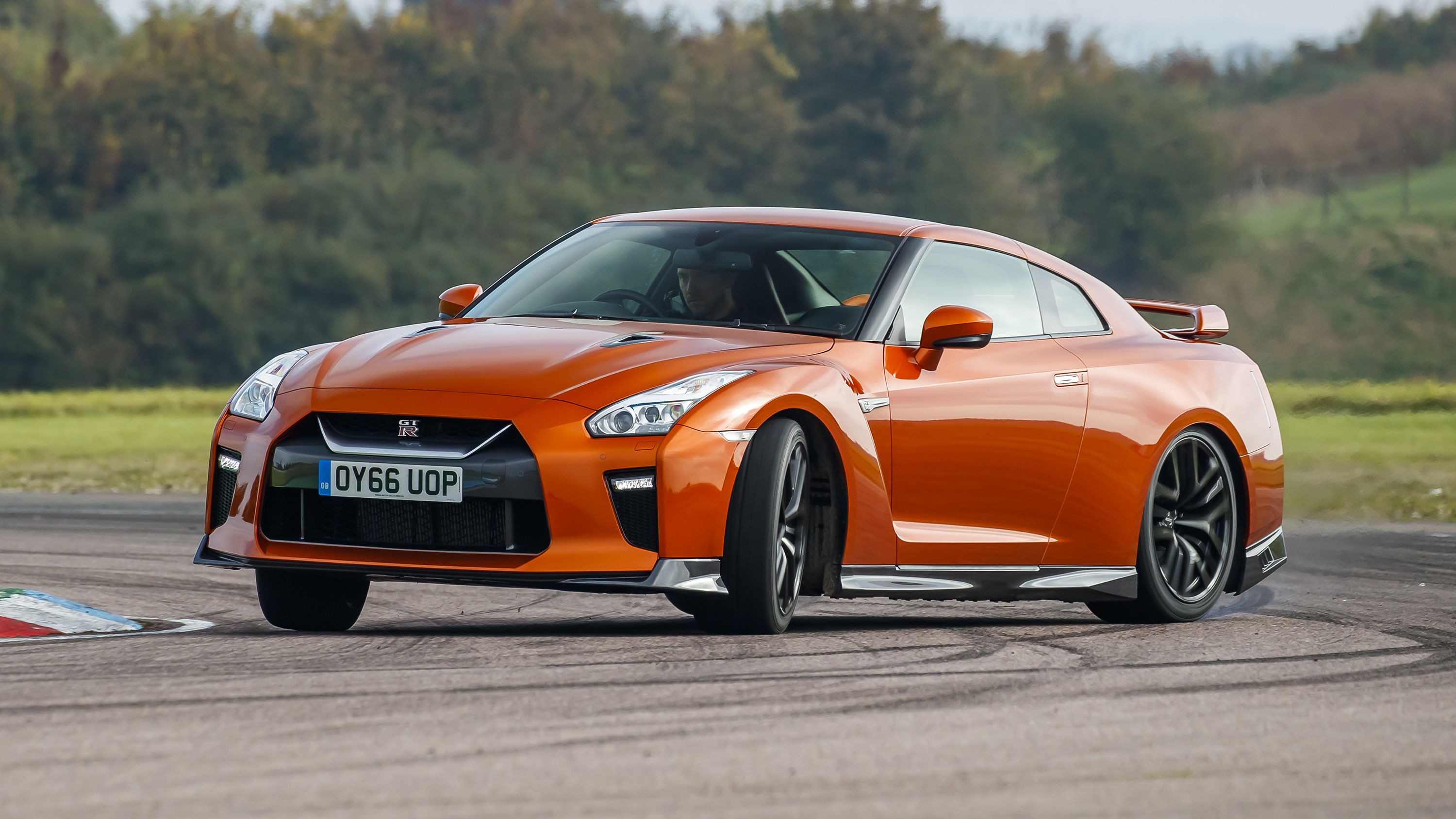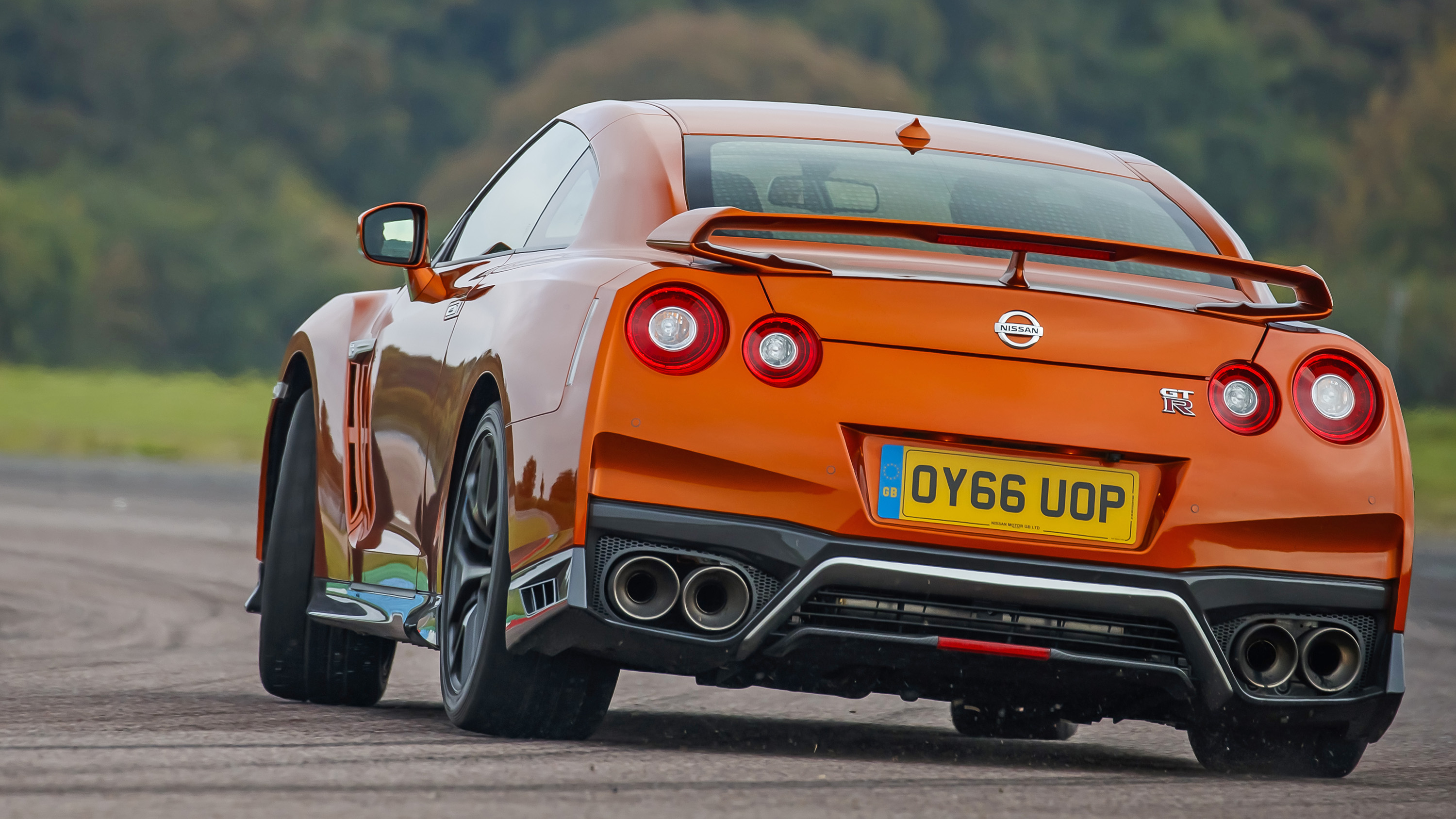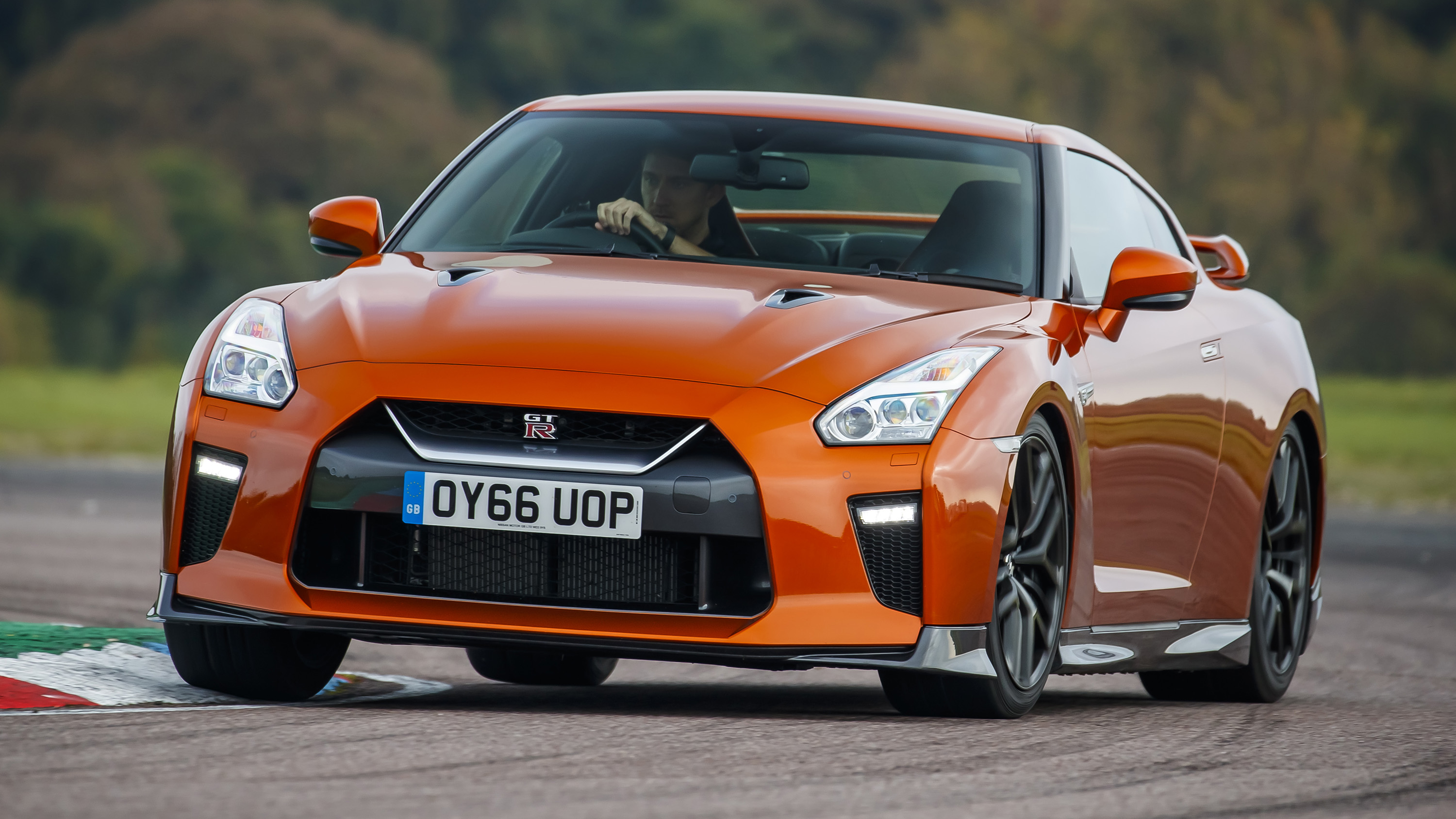
SPEC HIGHLIGHTS
- BHP
570bhp
- CO2
316g/km
- Max Speed
196Mph
- Insurance
group50E
Is this a new Nissan GT-R?
Correct. It’s the 2017 model year Nissan GT-R, which has just arrived in the UK in right-hand-drive guise.
It’s had a power upgrade, so the twin turbo 3.8-litre V6 now has 562bhp (a 20bhp rise) and 469lb ft (a mighty 3lb ft climb).
The performance figures haven’t changed – 0-62mph takes a claimed 2.8secs, and its top speed is 196mph – but that wasn’t the priority here.
What was, then?
As far as I can work out a better quality cabin and a smoother ride. Hardly core GT-R strengths, and therefore hardly relevant, you might think. And that’d be true if you’re only considering it from the perspective of the GT-R’s vast internet fan base.
However, for people prepared to actually shell out at least £79,995, it’s pretty important the car is worth the money. And the GT-R was pretty ropey inside. Early versions also rode like a supermarket trolley.
But didn’t that change a while back?
Good knowledge. The 2015 model year car was softened off, and did ride much better as a result. But it was still firm and pretty noisy. Anyway, in typical fashion Nissan has worked the details to such an extent that I’m not going to tell you everything that’s been done, simply because you’d be scrolling for hours.
So, the high points: Sound deadening has been increased, spring rates have been backed off (by 6.3 and 2.4 per cent front and rear), the faint line that ran across the C-pillar has gone in the name of improving aerodynamics.
Top Gear
Newsletter
Thank you for subscribing to our newsletter. Look out for your regular round-up of news, reviews and offers in your inbox.
Get all the latest news, reviews and exclusives, direct to your inbox.
The bumpers are changed (as are the bonnet, exhausts, side sills, boost pressure and ignition timing), there’s a titanium exhaust, revised gearbox software… the list goes on and on, and the reasoning for each modification is exquisitely precise. Nissan claims it’s the most extensive upgrade made since the R35 was introduced in 2007.
Doesn’t it say that every year?
Probably. Anyway, that’s just the stuff you can’t see. Head inside, and the dashboard grabs your attention simply because it’s so much more cleanly laid out than before. There used to be 27 buttons to control the nav and audio, now there are only 11. There’s more leather, better materials, the layout almost looks like it’s been… designed.
Wow. Big step.
It is actually, although the materials and design still leave it lagging behind the likes of Porsche. But there is one change that Nissan doesn’t make too much fuss of, but I absolutely love – the gearshift paddles are now mounted on the wheel rather than the column. Much better. There are still only six speeds when most rivals have seven or eight, but the ratios are well spaced and the GT-R has a wider spread of torque than ever before.
For example, 70mph pulls 2400rpm, and at a cruise in sixth gear, pick-up is reasonably good. Despite the tweaks the GT-R’s turbos aren’t the fastest to react when you clog it – the engine airflow needs to develop before you get a good hit – but once livened up they don’t half force the GT-R down the road.
It’s no longer the utter road weapon it once was – but I think what we can say is that if it wasn’t for the GT-R, the likes of the Audi R8, McLaren 570S and Porsche 911 Turbo wouldn’t have worked quite so hard to stay ahead. It’s not that they see the much cheaper GT-R as a direct rival, but if their car was perceived to be slower…
Still made a bloody good drag race when we got them all together.
What’s it like as a daily driver?
Well, considering it’s on 20-inch wheels with run-flat tyres, it does ride well. For the first time ever in Nissan’s supercar, I found myself able to flick between Comfort and Normal suspension without turning my spine to dust. In fact the reason I was flicking between the two is that on bumpy stuff I found the GT-R getting out of sync with the road, becoming almost lollopy.
So it cruises comfortably at reasonably low revs, but although sound deadening has been increased, the tyres still kick up a significant racket on coarse surfaces. It’s the GT-R’s biggest refinement failing.
But yeah, despite that, you could happily see off a couple of hundred motorway miles at 24-25mpg – well, once you’ve figured out the sound system and nav. The seats are comfortable and although you sit high, the position suits the car’s attitude: this has never been one of those low-slung, hunkered down machines.
Is it still mighty at the cross country stuff?
Absolutely. I think this is the thing I enjoy most about the big Nissan. It’s a heavy car, and yet the weight is so well damped and supported that the car always feels light on its feet. It almost seems to tippy-toe around, leaving you all the more startled at its phenomenal traction and cornering force. The tyres don’t seem to be working that hard or digging themselves into the surface, but they’re obviously working very effectively.
It seems a touch less pointy at the nose and perhaps a fraction less prone to oversteer at the back. I can’t be sure, but it does seem a little more neutrally balanced, and I like that about it. It’ll still catch you out with a prod of oversteer to remind you (once again) that you’re actually travelling down the road far faster than you thought you were. It’s a clever trick, but it never seems to be rolling half as much as the pictures say it must be.
So it’s still fun then?
A complete hoot. The steering needs a little more weight and to be less sensitive to cambers and crests, but the brakes are just mighty in every way and the gearbox is detectably smoother. From a noise point of view, there’s no Jaguar-style pantomime, just a very pure engineering/motorsport whistle and howl.
This lack of artifice is central to the GT-R’s appeal. You can’t choose to have a noisy exhaust, it’s not a showman’s machine. It’s a dedicated fast road car and has a clarity of purpose that separates it from almost anything this side of a 911 GT3 RS. And yeah, the old mantra of Porsche 911 Turbo pace for regular 911 money still holds true.
But only just…
You’re not going to describe the GT-R as a bargain, if that’s what you mean. It starts at £79,995 for the Pure, but most buyers opt for Recaro trim at £81,995, while Prestige is another £500 (or a further £1,000 if you want tan, ivory or red seats instead of black). The difference between the three is basically down to the seats. Have the Recaro.
Up another notch, £91,995 buys you the GT-R Track Edition – same power but uprated Bilstein suspension, new anti-roll bar and different wheels. And the best part of £60,000 cheaper than the GT-R Nismo. It depends how you intend to use your GT-R, but as a daily driver, the standard version in Recaro trim makes most sense to me.
Featured

Trending this week
- Car Review
BMW 1 Series






